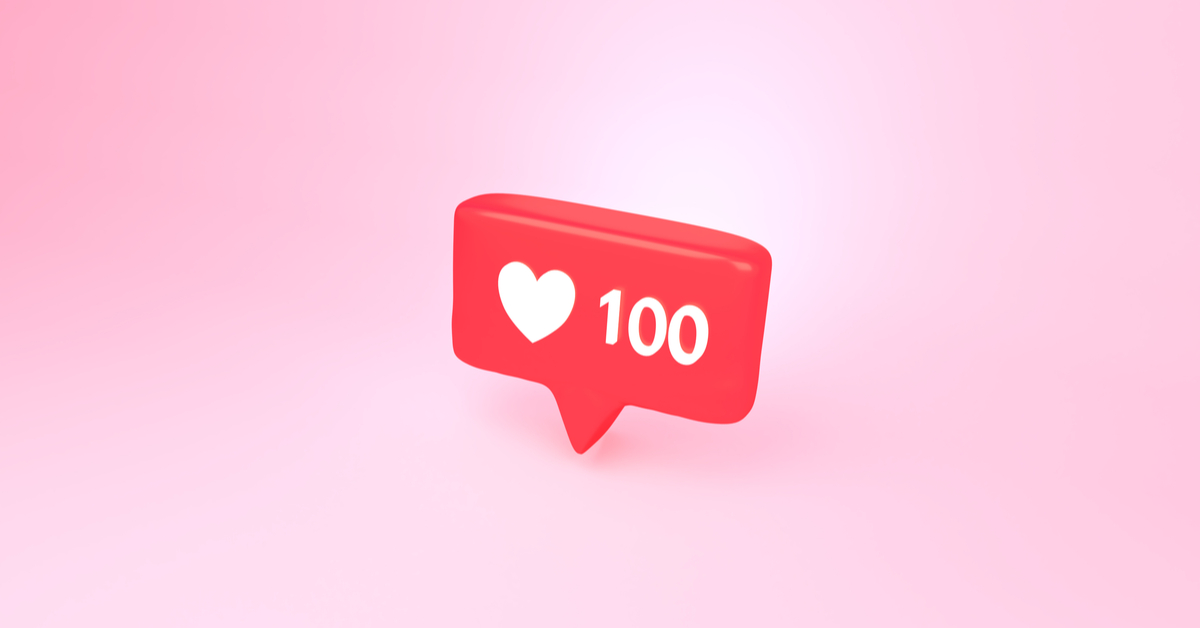“But aren’t all leads potential customers?” I hear you ask. Well, if you’re taking sales literally, then yes. But if you’re looking to optimise your time, finances, and resources (and only want to spend time working on good leads), then the answer is actually “no”.
Introducing Lead Scoring
We’re not all blessed with the ability to rub a crystal ball and look into the future, but the ability to do so would definitely make life easier for determining which leads should get your time and attention.
The next best thing to fortune telling is lead scoring. Lead scoring is a technique that helps sales teams prioritise their leads so they can work with the prospects who are most likely to close.
What is a Lead Score?
Lead scores look different from business to business, but ultimately they all perform the same way. Some businesses use a ‘cold, warm, hot’ system where sales teams focus on leads that sit at the hotter end of the spectrum.
While this system works, particularly for visual people who respond well to humanised labels, I recommend also using a number system from 0 to 100. This gives salespeople more context around what positions a lead at a particular spot on the spectrum. If you’re receiving a lot of leads, the difference between someone at the top of the hot scale vs. the bottom of the hot scale could be quite significant.
As potential customers travel through their own buyer journey and engage with you in varying ways, their lead score is likely to increase. This means that you can focus your efforts on super-active, engaged prospects who are ready to buy now, rather than individuals who are only at the beginning of their buyer journey.
Lead scores are generally calculated from demographics and activities that your prospects have taken. For example, if someone has gone to your pricing page, you might give them a score of 2. If they’ve then engaged with you via chat, they might earn another point. If they’ve opened 10 emails from you, you might give them another 5 points. If they’ve filled out a contact form, they might earn 10 points, giving them a total lead score of 18. The scores you give to each lead is dependent on your business.
Here are some examples of how different businesses could score a lead:
| Task | Example 1 | Example 2 | Example 3 |
| Target customer type | Consumer Local High End Products | Local Service Small - Medium B2B | Global Enterprise / Corporate |
| View pricing page | 10 | 2 | 2 |
| Participated in Chat | 3 | 2 | 1 |
| Opened 10 Marketing Emails | 5 | 10 | 20 |
| Completed contact form | 10 | 20 | 20 |
| Location is local | 10 | 5 | - |
| Location is overseas | -5 | -50 | - |
| Company size < 5 | - | -10 | -100 |
| Company size < 20 | - | 20 | -50 |
| Company size > 100 | - | -20 | 20 |
Defining Your Lead Scoring System
Because lead scores have the potential to constantly evolve, it’s really important that you clearly and definitively define what a strong lead is versus a weak lead. However, if you’re looking to create a lead scoring system based on fact, not assumption, comprehensive data is essential.
To formulate your lead scoring strategy you should first research your existing business:
- Ask anyone in your team who deals with potential and existing customers what their definition of a good lead would be, including Sales, Marketing and Customer Service
- Look at any existing reporting, your Sales CRM, Marketing CRM, Service CRM, Google Analytics, etc, and see if there are any trends between contacts that convert vs. those that don’t
- Look for trends with your existing customer base
- Survey existing and potential customers
Once you have identified what makes a good/bad lead, score the individual items or, if you are working with a predictive/AI-based lead scoring system, make sure that you feed it any important data points that it would not be able to pick up from general monitoring.
Using a CRM like HubSpot is a great place to start because it offers a number of lead definition options.
| Lead Scoring Option | Professional | Enterprise |
|
Manually Defined Lead Score
|
1 | 25 |
| Predictive: Likelihood to close A score that represents the percentage probability of a contact closing as a customer within the next 90 days based on standard contact properties and behaviour |
- | 1 |
| Predictive: Contact priority Categories of contacts based on the Likelihood to close score, which can be used as CRM filters to segment your best and/or worst leads |
- | 1 |
Lead Scoring Tips
- Do your research. Start to define your lead scoring spectrum by using your team to define what constitutes a good or bad lead, because the people in your team who deal directly with the people outside of it will always know more about what makes a good or bad egg.
- Get a hold of any kind of data you can. Start with Google Analytics and your CRM and manually track your top five and bottom five leads to give you a feeling about what makes a good or bad lead. Use this data to start to create your scoring system, although you will need a data scientist to help you do this.
- Review, review, review. If you’re not using an AI system that constantly updates your lead scores, aim to manually review them quarterly (or at least annually).
If you still have questions about lead scoring, book a time with the team and we'll chat over coffee!
 Do you use lead scoring in your business? Leave a comment below and tell us how you do it.
Do you use lead scoring in your business? Leave a comment below and tell us how you do it.


Comments